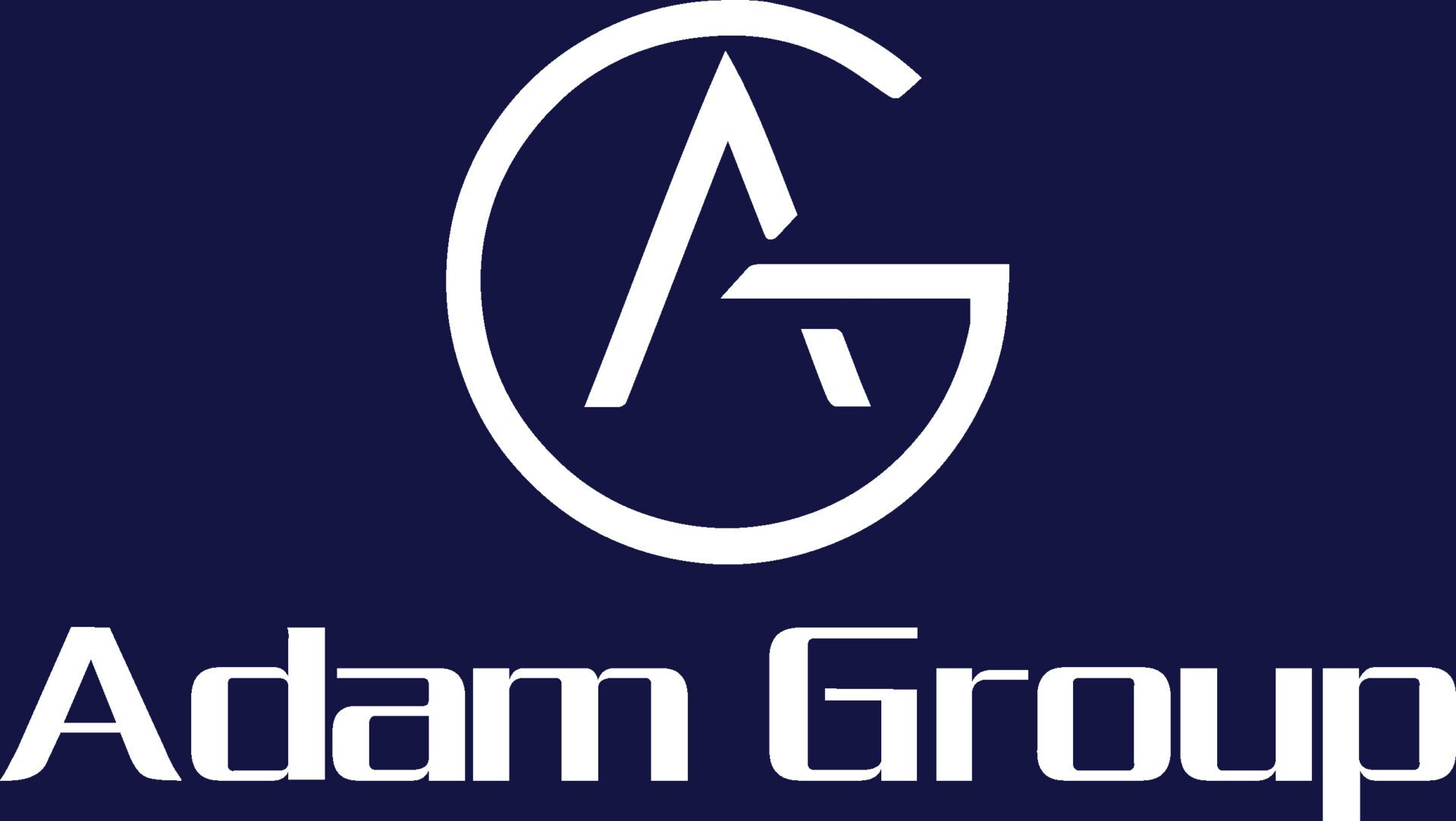Search Engine Result Pages, or SERPs, are the pages that appear in response to a user’s search query. They typically include a list of results, which can be websites, digital documents, images, videos, social media channels, or other types of content. SERPs also often include ads, which are paid placements that appear alongside the organic results.

The features of SERPs can vary depending on the type of query and the search engine being used. However, there are some common features that are typically included in most SERPs. These include:
– A search bar, where users can enter their query.
– A list of results, which may be Organic Results or Paid Results.
– Filters, which allow users to narrow their results.
– Navigation, which allows users to move between different SERPs.
– Tools, which may include a search history or search suggestions.

The layout and design of SERPs can also vary depending on the search engine. However, most SERPs contain similar elements, such as a logo, branding, and links to other parts of the website.
While the features of SERPs may vary depending on the search engine being used, they typically provide users with a way to find the information they are looking for.

By understanding how SERPs work, digital marketers can ensure that their content is being seen by potential customers and clients.
Or, you may ask Adam Group digital marketing experts to help you rank high on SERPs now.




